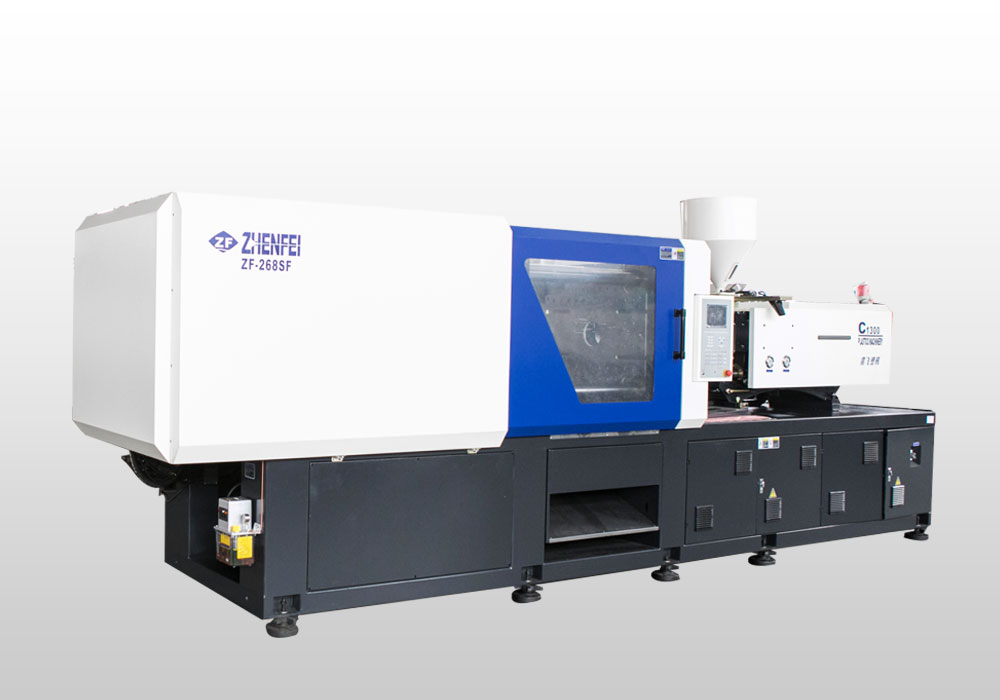Date:Dec 25, 2021
Injection molding is a highly repeatable process. It is ideal for high-volume manufacturing, where parts must be made to exact specifications every time. This makes it great for brand consistency and part reliability. A typical injection molding machine can produce up to five million parts per hour. However, the process is not as repeatable as other processes. This article will look at the pros and cons of each. We'll also cover some of the advantages of this process.
A basic injection molding machine has three main components: an ejector and an A plate. Each plate has a sprue bushing that seals against the nozzle of the injection barrel. This allows molten plastic to flow into the mould and into the cavity. This sprue bushing guides the plastic into the images by using channels known as runners. It also ensures that the plastic flows precisely into the required cavities.

The injection pressure ranges from 100 to 150 MPa. Locking force varies from 0.1 to eight mN. Injection molding is a cost-effective process. The parts produced have good dimensional tolerance and little scrap. They can compete with complex machining and investment casting processes. They also have high production rates and are easy to manufacture. When it comes to quality, an injection molding machine is the best choice. If you are interested in purchasing an injection molding machine, be sure to look at the following pros and cons.
The clamping unit is an important part of the injection molding machine. It applies a certain amount of pressure on the material during the injection process. This pressure is generally between 100 and 150 MPa, but can vary depending on the type of plastic and the part size. The clamping unit is a crucial component of any injection molding machine. It is important to choose a high-quality machine with the right power requirements for the particular job.
The pressure is essential for quality. Too much or too little pressure can result in flashing, causing the part to look distorted. Injection molding machines can also produce parts that are more difficult to mold. Some of the benefits of an injection molding machine are: Its versatility. This machine is great for mass production, but you can also get a smaller production run if you have smaller quantities. A good injection molding machine will reduce the cost of parts.
It is important to consider the speed of an injection machine. The faster the machine, the more accurate the finished product. Too slow of a speed will result in a rippled or frosty surface. If the process is too slow, the parts will become brittle and won't fit properly. You can save up to 40% by reducing the power of your mold. You can also choose a high-speed injection machine that can produce a high-volume piece per minute.
The injection process is done in a horizontal manner. The machine has a hopper on one end and a rotating screw at the other end. The machine has a heating element inside it and is used to melt the molding material. Injection molding machines usually use a small metal gate. This is the first place in the cavity where the mold is solidified. A larger part may require additional plastic fabrication. It is essential to consider the cost effectiveness and precision when deciding on a mold for an injection molding machine.
Unlike other types of plastic molding, the injection process is fast and automatic. During this process, the molten plastic enters the barrel of the machine and is then forced through the nozzle. This allows the machine to mold parts of complex shapes. During the process, the temperature of the molding material is between 150 to 350 degrees centigrade. This temperature can vary a lot. Injection moulds can also be used to make parts of different materials.
Injection molding machines use a hydraulic system to inject molten plastic. The pressure is applied to the material and moves the mold around. The pressure is used to hold the mold closed during the injection process. The machine also uses a clamping unit that applies enough clamp force to keep the mold closed during the process. A proper mold should be able to sustain this amount of pressure for a long period of time. The clamping unit should have sufficient power to handle all types of materials.